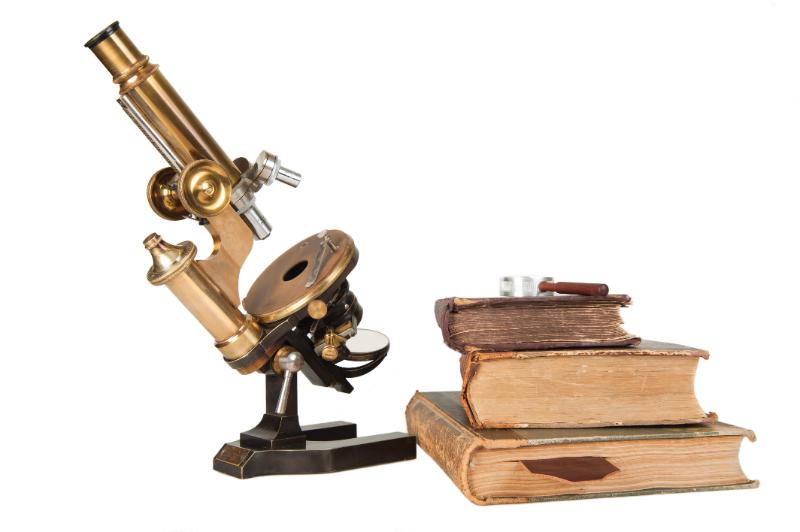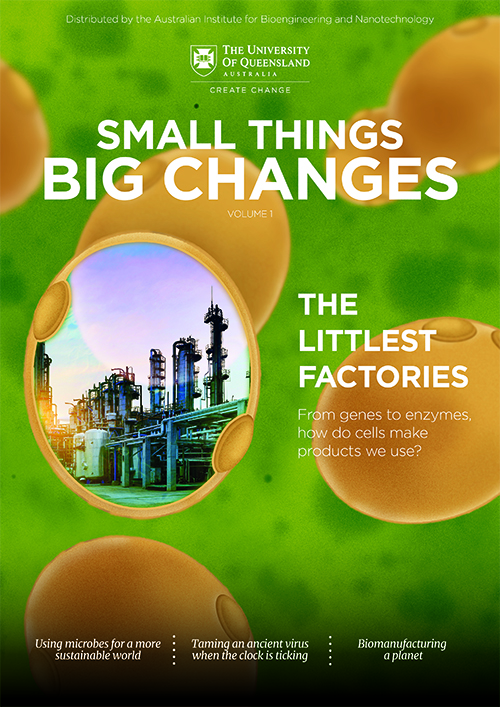Over the course of history, contaminated liquids and mouldy foods and grains would have been identifiable by sight and smell, but even in ancient times some people harboured suspicions that there was more to the natural world than meets the eye.
In what might be considered an ancient Roman travel review, scholar Marcus Terentius Varro anticipated the fields of microbiology and epidemiology when, in 30 BC, he suggested that swamps and marshland were best avoided. In these places, he reasoned, “there are bred certain minute creatures which cannot be seen by the eyes, but which float in the air and enter the body through the mouth and nose and cause serious diseases.”
Yet, it was only within the last few centuries, aided by the invention of the microscope, that people became fully aware of the microcosm of tiny organisms that surround us.
When Dutch scientist Anton van Leeuwenhoek examined a droplet of lake water under his microscope in 1676, he saw something astounding: thousands of tiny living creatures, each moving on its own. These ‘animalcules’, as he called them at the time, were bacteria, algae, and small single-celled organisms called protozoa.
“Among all the marvels that I have discovered in nature,” he wrote. “These are the most marvellous of all.”
Two centuries later, Louis Pasteur and others went on to show that Marcus Terentius Varro had been right all along: there was indeed a link between microorganisms and disease. Pasteur’s ‘Germ Theory’, in which he proposed that infections are caused by germs, was a game changer in the field of medicine. Then along came a suite of discoveries that changed everything yet again.
By the turn of the 20th century, it became clear that many microbes were at war with one another and that some of those microbes were very good at defending themselves with molecular weaponry.

This raised a tantalising possibility: if some microbes caused infections, perhaps other microbes could be used to fight those infections.
Sure enough, in 1928, Alexander Flemming discovered that bread mould fungi produced a chemical that could kill harmful bacteria. He named it penicillin. In 1941, scientists Howard Florey and Ernst Chain went further, showing that penicillin could indeed be used to treat infections. They also demonstrated that microbe cultures could be scaled up to enable mass production of the antibiotic.
The age of industrial biomanufacturing had begun

